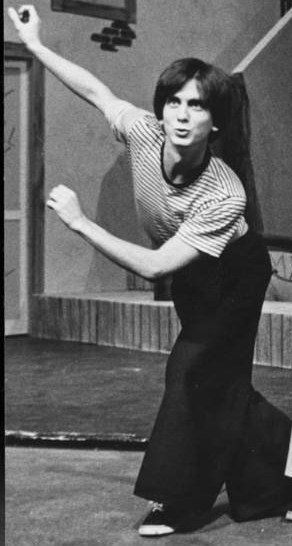
 running series, Julia would mouth off with one of these extended speeches, sometimes about personal matters, such as the one above, but more often about political or societal issues. She was the mouthpiece for the views of the show's creator, Linda Bloodworth-Thomason, and our Dixie delivered these monologues with vigorous expertise. (This despite the fact that Julia's portrayer and her writer were on opposite sides of the political aisle; Carter was a Libertarian/Republican, while Bloodworth-Thomason was a Liberal/Democrat. Over time, Dixie's Republican sentiments softened.)
running series, Julia would mouth off with one of these extended speeches, sometimes about personal matters, such as the one above, but more often about political or societal issues. She was the mouthpiece for the views of the show's creator, Linda Bloodworth-Thomason, and our Dixie delivered these monologues with vigorous expertise. (This despite the fact that Julia's portrayer and her writer were on opposite sides of the political aisle; Carter was a Libertarian/Republican, while Bloodworth-Thomason was a Liberal/Democrat. Over time, Dixie's Republican sentiments softened.)Here's a much more political clip, from an episode in which Julia is running for city council, and debates a right-winger on the requirement of school prayer and the pledge of allegiance:
Carter made a deal with her bosses, that anytime she was required to spout a largely liberal diatribe, she be allowed to sing on another show. I wrote about this arrangement almost exactly a year ago, when Dixie turned 70 and was the star of the Friday Dance Party. At that time, I also wrote of my first sighting of this very special performer, back in the 70s on The Edge of Night. She was a very unusual presence on a soap opera, and remained in daytime only a few years before graduating to prime time.
The 70s marked a return to acting for Carter, who had some nice New York stage credits
 (including some Shakespeare for Joe Papp) before leaving the business for a while to raise two daughters. Two husbands later, she was to meet and marry Hal Holbrook, who was 14 years her senior. The two became one of Hollywood's most enduring couples, and worked together more than once.
(including some Shakespeare for Joe Papp) before leaving the business for a while to raise two daughters. Two husbands later, she was to meet and marry Hal Holbrook, who was 14 years her senior. The two became one of Hollywood's most enduring couples, and worked together more than once. 
Here's a fun clip which includes a brief glimpse of Carter and Holbrook together (the other two men in the clip, Richard Gilliland and Gerald McRaney, were also playing boyfriends; Richard was, and still is, Jean Smart's husband, and Gerald was soon to wed Delta Burke. It was a regular love-fest!). In the history of Designing Women, the creators made a running gag of the four ladies and their men-folk going on vacation and having a miserable time.
Carter worked often after Designing Women left the air, costarring in Family Law for several years, and appearing in a guest arc on Desperate Housewives, in a role created for her.

It was this role which brought her her lone Emmy nomination (she lost the award to Elaine Stritch's
 guest turn in 30 Rock). It's astonishing that the ladies of Designing Women were so ignored for their work, but the stars of The Golden Girls, whose run roughly coincided with DW's, routinely upstaged our Atlanta belles. During its seven seasons, Delta Burke was the only star to receive an Emmy nomination (during the season in which she
guest turn in 30 Rock). It's astonishing that the ladies of Designing Women were so ignored for their work, but the stars of The Golden Girls, whose run roughly coincided with DW's, routinely upstaged our Atlanta belles. During its seven seasons, Delta Burke was the only star to receive an Emmy nomination (during the season in which she  gained all the weight), and supporting star Alice Ghostly received a nod in one of the show's final years. Both women lost their awards and Carter, as I said, was never even nominated.
gained all the weight), and supporting star Alice Ghostly received a nod in one of the show's final years. Both women lost their awards and Carter, as I said, was never even nominated. On stage, she stepped into several high-profile roles on Broadway, and was thus ineligible to compete for the Tony. She was the third and final Maria Callas in the original Master Class, and was the final Mrs. Meers in Thoroughly Modern Millie. She was well-regarded for her cabaret work, becoming a fixture at the swanky Cafe Carlyle. She worked a bit regionally, including two well-received stints here in DC at The Shakespeare Theatre Company (Holbrook appeared here,
On stage, she stepped into several high-profile roles on Broadway, and was thus ineligible to compete for the Tony. She was the third and final Maria Callas in the original Master Class, and was the final Mrs. Meers in Thoroughly Modern Millie. She was well-regarded for her cabaret work, becoming a fixture at the swanky Cafe Carlyle. She worked a bit regionally, including two well-received stints here in DC at The Shakespeare Theatre Company (Holbrook appeared here, too, but not at the same time). Carter was due to appear here this spring in Mrs. Warren's Profession, but withdrew a month or so ago due to health reasons. In the late 90s, she published a chatty book revealing her opinions on a variety of subjects, called Trying to Get To Heaven: Opinions of a Tennessee Talker. In 2005, Carter and Holbrook became the figureheads of the new Dixie Carter Performing Arts Center in Huntingdon, TN, located in Carter's home county.
too, but not at the same time). Carter was due to appear here this spring in Mrs. Warren's Profession, but withdrew a month or so ago due to health reasons. In the late 90s, she published a chatty book revealing her opinions on a variety of subjects, called Trying to Get To Heaven: Opinions of a Tennessee Talker. In 2005, Carter and Holbrook became the figureheads of the new Dixie Carter Performing Arts Center in Huntingdon, TN, located in Carter's home county.

To me, and probably everybody else, she will always be Julia Sugarbaker. It's hard to explain the attraction I felt for Designing Women; there was something very familiar about these four iron butterflies, whose sassy independence and easy femininity reminded me a bit of my mother and her friends. When I was out on tour a while back, a small group of us made a trip to see the house which served as the show's main address, which was in Arkansas I think. None of the show was shot there, of course, but we played around a bit outside, taking pictures, and generally acting like big ol' donkey girl scouts. There is no doubt there is more than a bit of Sugarbaker in me.
 This final clip illustrates the style and grace which was a big part of the series, and a big part of Dixie Carter's life. Dash Goff (don't you love Southern names?), the writer and former husband of one of our gals, spent this episode overcoming his writer's block. He leaves a thank you note to the women who have inspired him.
This final clip illustrates the style and grace which was a big part of the series, and a big part of Dixie Carter's life. Dash Goff (don't you love Southern names?), the writer and former husband of one of our gals, spent this episode overcoming his writer's block. He leaves a thank you note to the women who have inspired him.
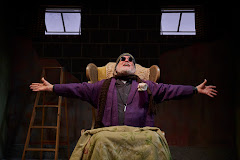





























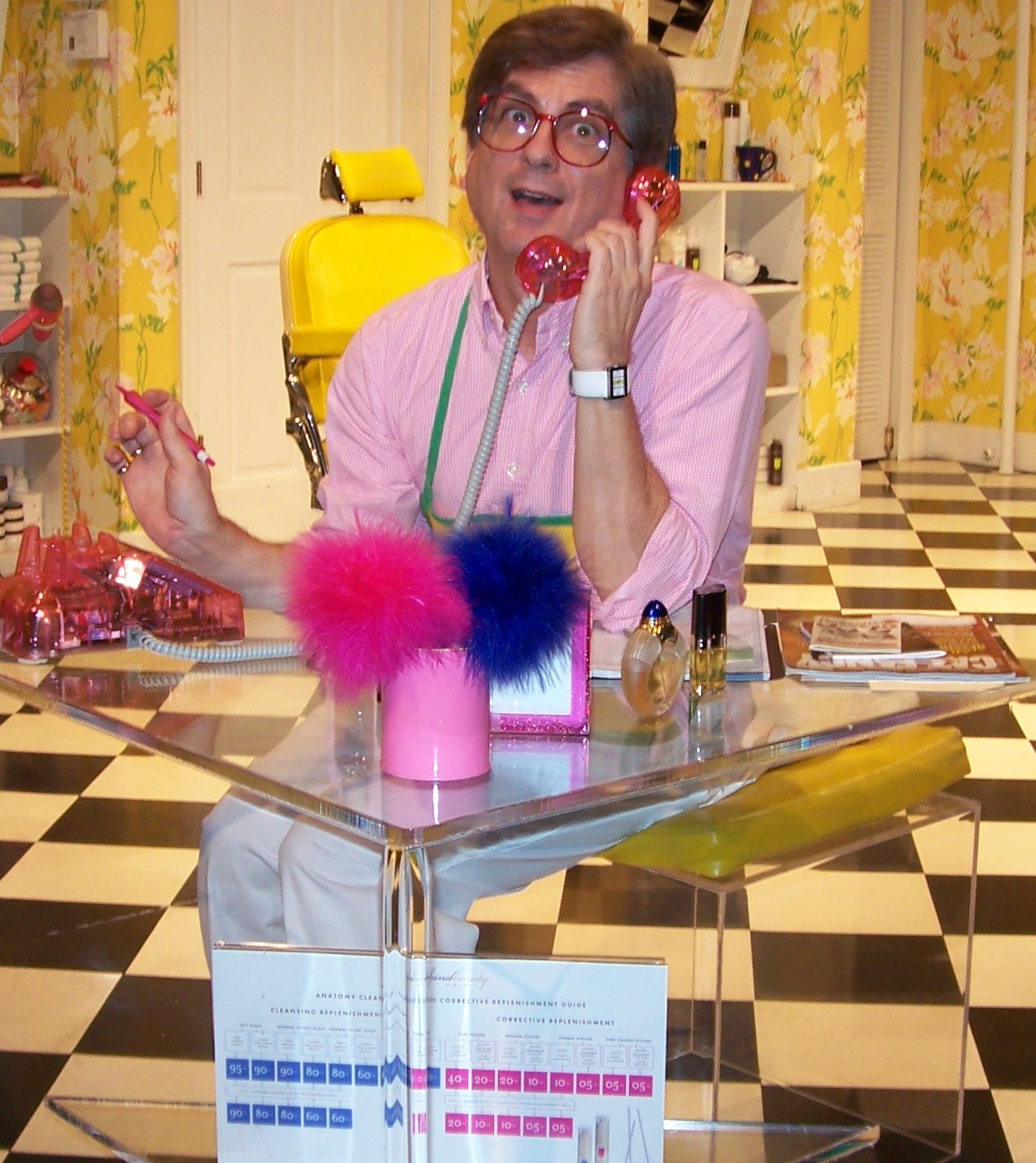

,+Olney+Theatre+Center,+2004.jpg)



,+Shakespeare+Theatre+Company,.jpg)
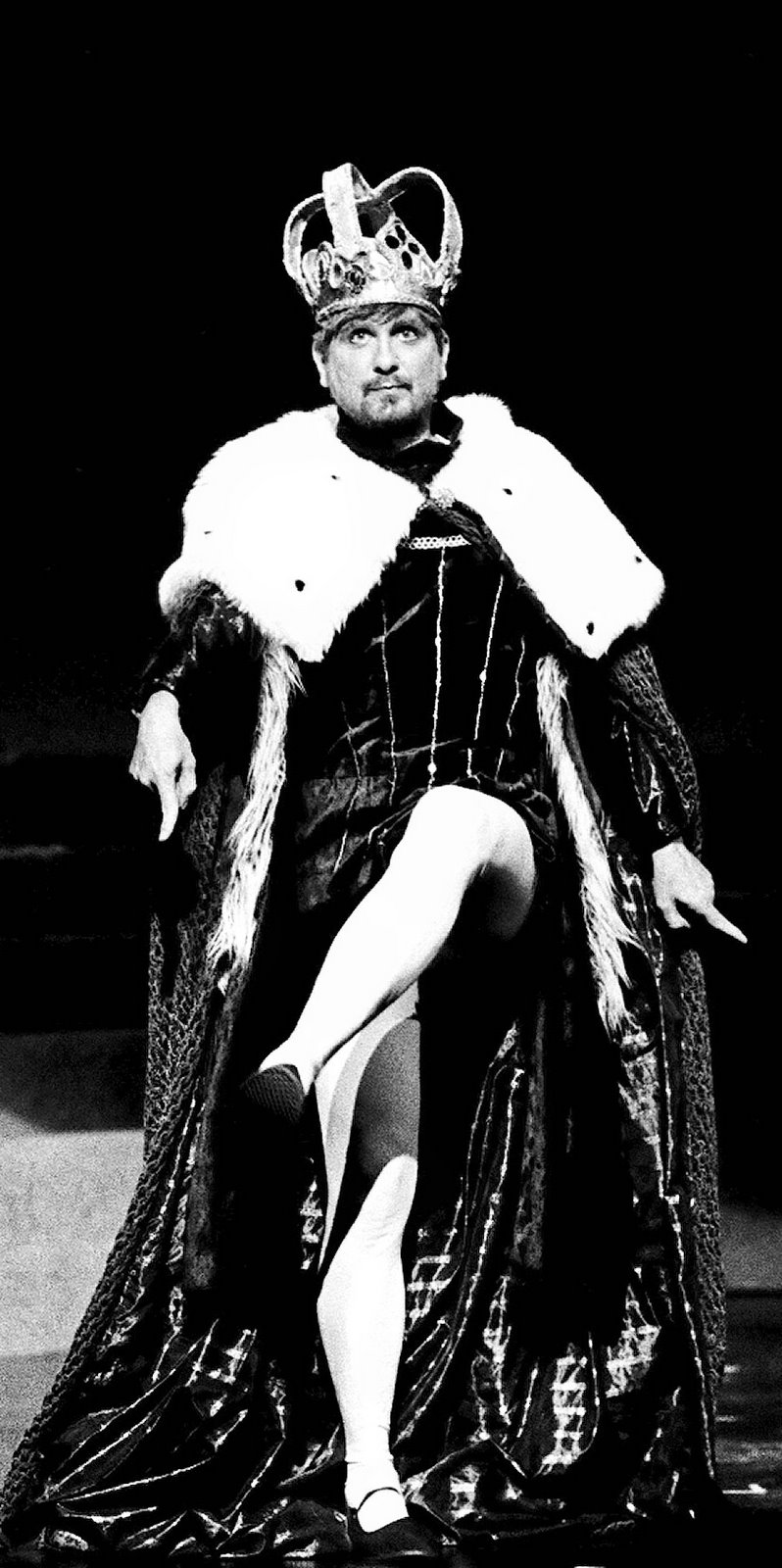

,+Warehouse+Theatre,+1999.jpg)
,+Are.jpg)
,+Everyman+Theatre,2002.jpg)
,+First+Nationa.jpg)
,+Shakespeare+Theatre+Company,.jpg)


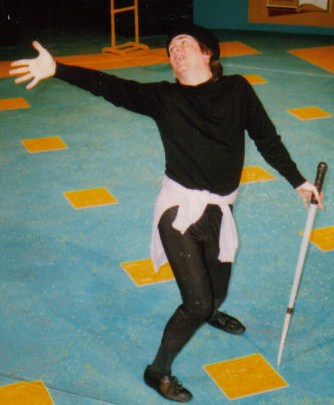
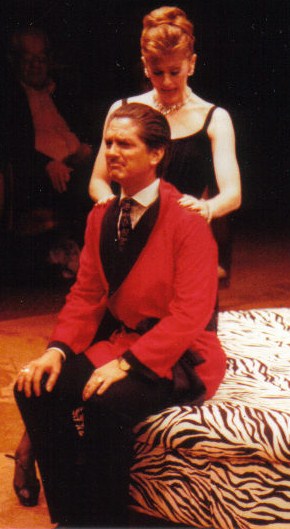
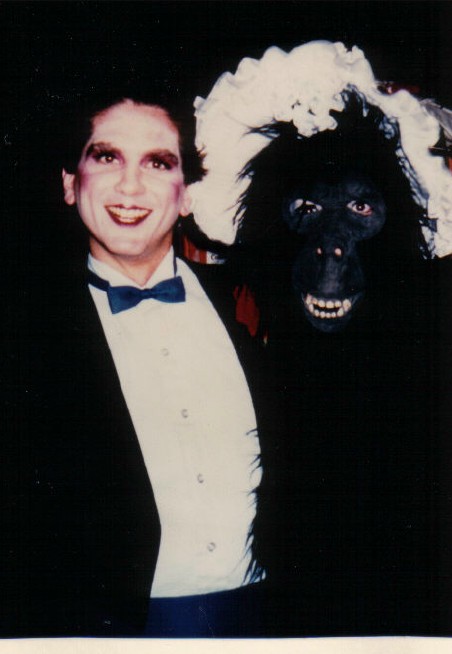
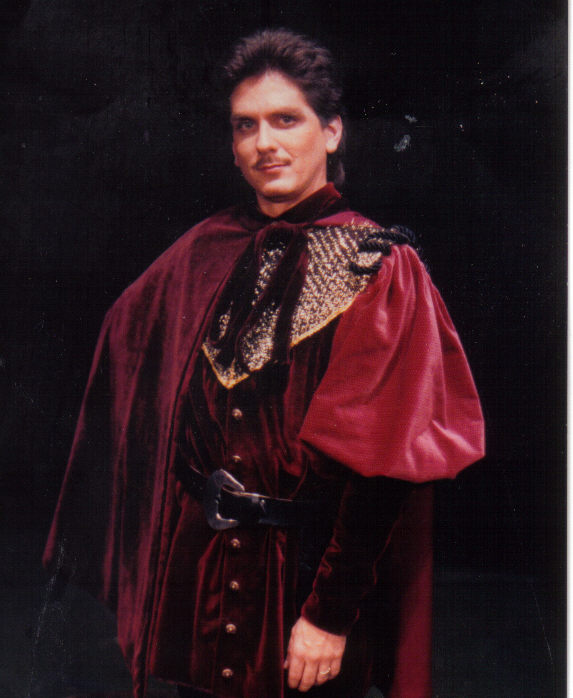
,+Granada+Th.jpg)
,+Globe+Playhouse,.jpg)
,+CSUN,+1976.jpg)
